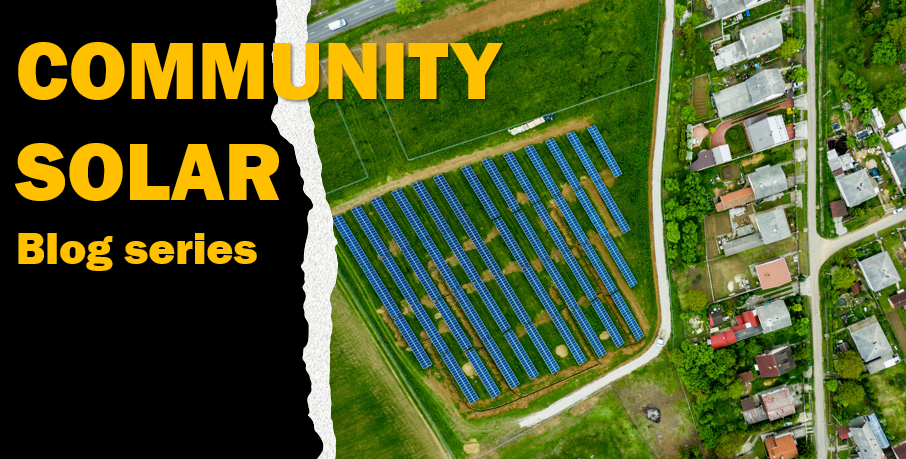Community Solar – How much solar energy do you need?

By David Comis, Senior Energy Program Manager
This is part 7 of a 7 part series on community solar.
Please note, the comments in this blog are the personal opinions of the author and do not represent the views of the Maryland Energy Administration or the State of Maryland.
Determining how much solar you should subscribe for has no “right” answer, but let me give you some things to consider.
You should not sign up for more solar energy (kWh) than you use in a given year (use your last 12 electric bills as a guide).
Do not sign up for more solar power (kW) than you can afford. Unlike your utility bill, you may be asked to pay for more energy than you use during the month. If you subscribe for a given amount of kilowatts (kW), you will be obligated to pay for all of the energy produced by those panels, even if you do not use the energy during the month. Any excess energy will be banked as credits for you to use during the next month, but you will still have to pay for it in the month when it is produced. Payments will be higher during the summer than during the winter, as more electricity is typically generated by solar systems in the summer than in the winter. If, on the other hand, you subscribe for a given block of energy (kWh), then your community solar energy cost should not change each month.
If you sign up for a given capacity (kW), you should assume the amount of energy produced by the panels will decrease by between ¼ and ½ percent per year due to aging of the solar panels. However, if you sign up for a fixed amount of energy, it’s up to the subscriber organization to provide it to you, regardless of the expected degradation of the panels.
At the same time, you should consider if your household will become more energy efficient, or otherwise have lower energy needs, over time. If so, why sign up to cover 100% of today’s energy use if in a few years you will be using less energy? Consider the contractual conditions for changing your Power Purchase Agreement (PPA) contract’s capacity when determining your energy or capacity amount.
If you purchase capacity (kW), you need to know how many kWh-ac are produced for each kW-dc of solar panels. This number changes depending on the design of the array. If you are purchasing from a rooftop array, the ratio may be 1200 kWh-ac/kW-dc. If the panels are fixed in a field at the proper tilt angle the ratio may be 1,350 kW-ac/kW-dc. If the panels track the sun in one axis, the ratio may increase to the vicinity of 1,550 kW-ac/kW-dc. The higher the ratio, the fewer the number of kWs that you will need to subscribe. As an example, if you use 12,000 kWh/year, you would need 10 kW of a flat rooftop array to provide 100% of your energy needs for a year. However, you would only need 8.9 kW of a properly tilted array, and 7.75 kW of a tracking array. More precise ratios should be available to the subscriber organization, but be sure to ask the question so you do not sign up for more capacity than you need.

 1-888-373-7888
1-888-373-7888 233733
233733